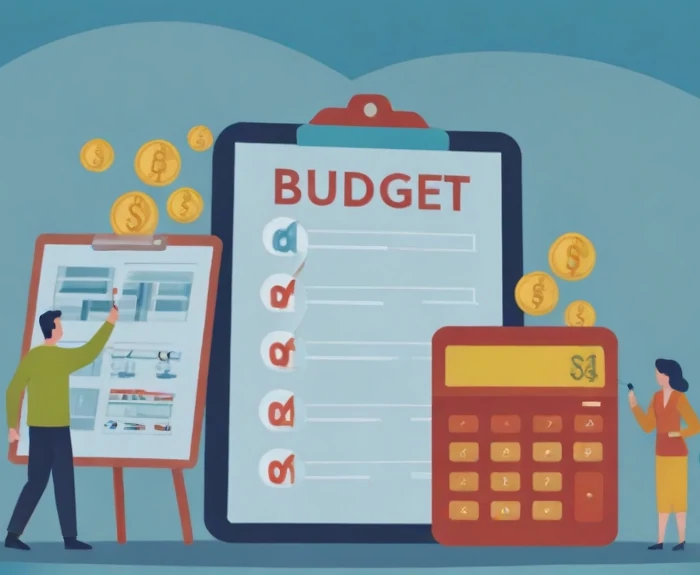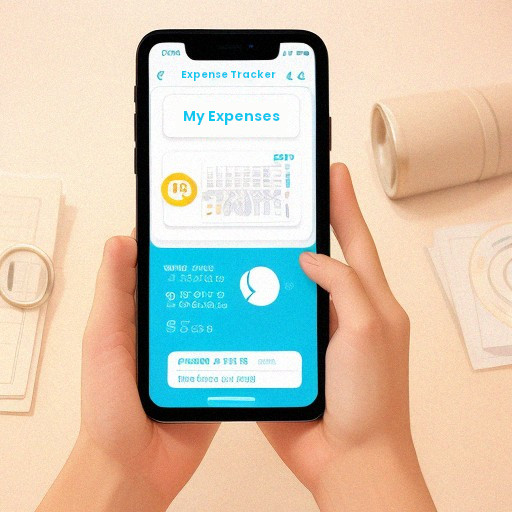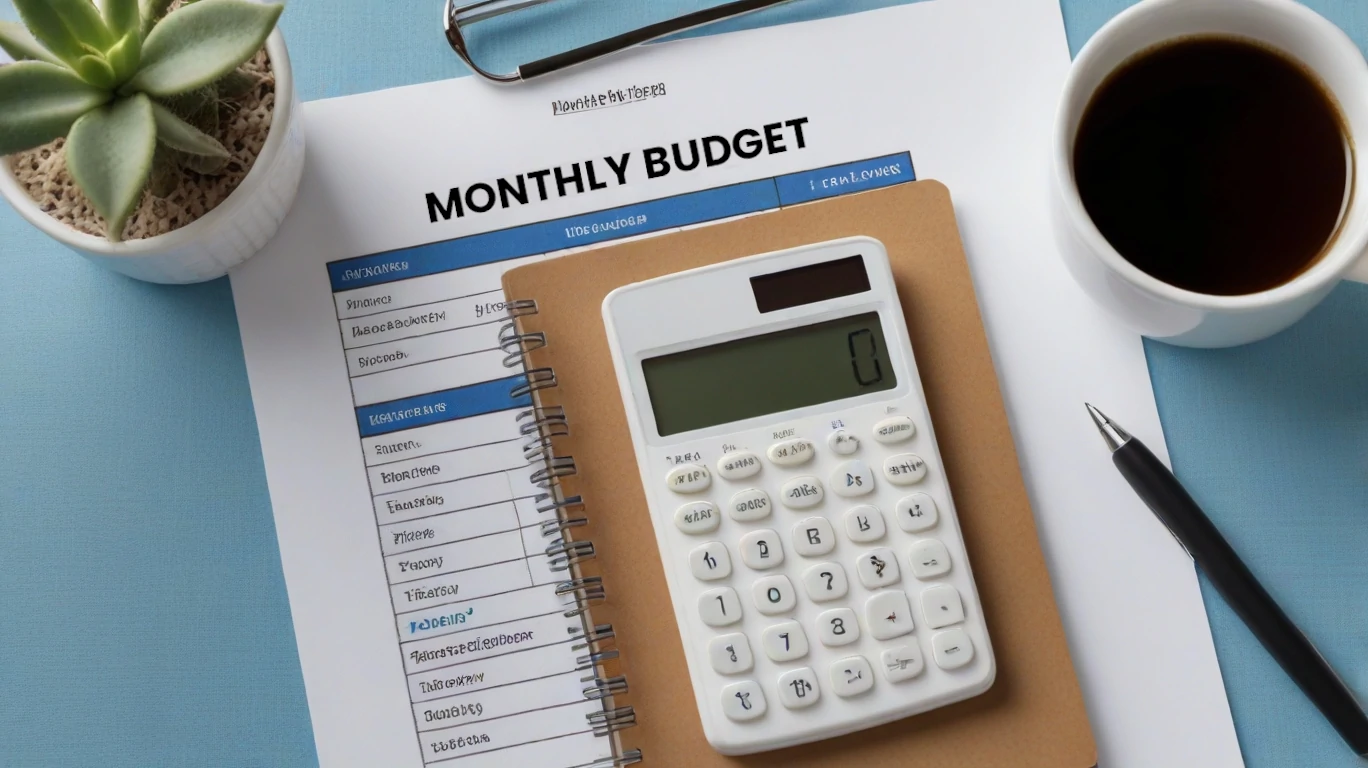Budgeting can be daunting, especially if you consider yourself a bit lazy when it comes to managing finances. But here’s a simple truth: many of the purchases we make aren’t necessary. Adopting a “do I really need this” mentality can help streamline your spending and bolster your savings. Creating a financial budget for the lazy person can be incredibly simple and effective with the right approach. Let’s break it down and create a budget that can be easily followed.
Understanding Needs vs. Wants
Before diving into the budget, it’s crucial to distinguish between needs and wants. Needs are essentials for survival and well-being, such as:

- Housing: Rent or mortgage
- Utilities: Electricity, water, gas, internet
- Groceries: Basic food items
- Transportation: Gas, public transit, car maintenance
- Healthcare: Insurance, medications, regular check-ups
Wants, on the other hand, are non-essential items and services that enhance our lifestyle but aren’t necessary for survival:
- Entertainment: Streaming services, dining out, concerts
- Luxury Items: High-end gadgets, designer clothes
- Convenience Services: Food delivery, cleaning services
- Impulse Buys: Trendy products, sale items you don’t need

The Lazy Budget Plan
To make budgeting easy, we’ll follow a straightforward structure with an emphasis on asking, “Do I really need this?”
1. List Your Income
Start by calculating your total monthly income. This includes:
- Salary
- Freelance earnings
- Side hustle income
- Any other regular income sources
2. Track Your Expenses
For one month, track every expense. This step is crucial to understand where your money is going. You can use budgeting apps like Mint or YNAB to make this easier.
3. Categorize Your Expenses
Divide your expenses into needs and wants. Be honest and critical—this is where the “do I really need this” mentality comes in.

4. Create a Budget Based on Needs
Allocate funds first to your needs:
- Housing: Aim for no more than 30% of your income.
- Utilities: Around 10% of your income.
- Groceries: Typically 10-15% of your income.
- Transportation: 10-15% of your income.
- Healthcare: 5-10% of your income.
5. Limit Your Wants
After covering your needs, see what’s left for your wants. Limit this to 20% or less of your total income.
6. Set Savings Goals
Aim to save at least 20% of your income. Automate this process by setting up automatic transfers to a savings account.
The Lazy Person’s Financial Budget
Here’s a sample budget for someone with a monthly income of $3,000:
- Housing: $900
- Utilities: $300
- Groceries: $300
- Transportation: $300
- Healthcare: $150
- Wants: $600
- Savings: $450
Total: $3,000

Tips to Stick to Your Budget
- Automate Payments and Savings: Set up automatic bill payments and savings transfers to avoid the temptation of spending that money elsewhere.
- Use Cash for Wants: Withdraw cash for your wants budget. When it’s gone, it’s gone.
- Review Monthly: Spend a few minutes each month reviewing your expenses and adjusting your budget if necessary.
- Cut Out Unnecessary Subscriptions: Regularly review and cancel subscriptions you don’t use or need.
- Meal Prep: Save on dining out by preparing meals in advance.
Final Thoughts
Budgeting doesn’t have to be complicated or time-consuming. By adopting a “do I really need this” mentality, you can streamline your spending, save more, and reduce financial stress. Remember, the key is consistency. Small, mindful changes can lead to significant financial benefits over time. Start today and watch your savings grow!




